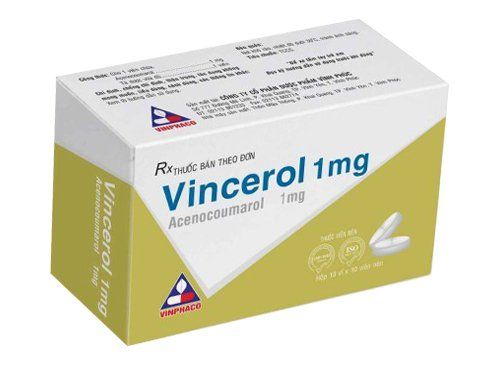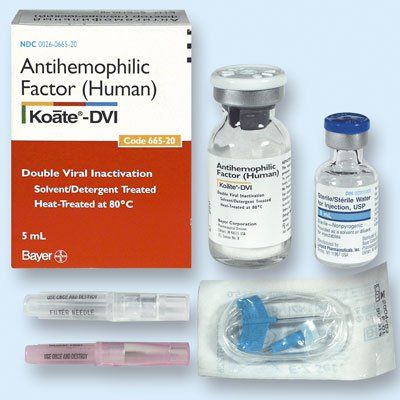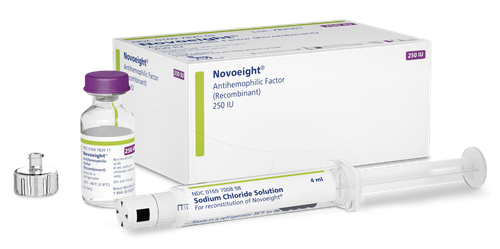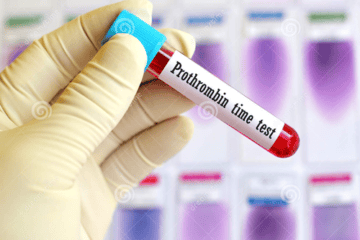This is an automatically translated article.
The article was written by MSc Pham Thi Thuy Nhung - Head of Laboratory Department, Laboratory Department - Vinmec Hai Phong International General Hospital.Blood clotting is an important physiological process that takes place in the human body, at damaged sites in the body. Without blood clotting, the body will die from blood loss when there is a small cut. The PT test is one of the most important tests for blood clotting.
1. Blood clotting process
Coagulation is a change in the physical state of blood from liquid to solid, fibrin to protect the damaged area of the vessel wall and limit bleeding outside the vessel. At the same time maintain the fluid state of blood circulation. Blood clotting is the impact and combination of 3 factors that are:Blood cells Plasma proteins Vessel walls In the human body there is always a balance between the anticoagulant and blood clotting systems. Blood clotting helps protect the body from bleeding, and the blood clotting system helps to circulate the blood vessels to ensure life. Any imbalance in the coagulation-anticoagulation process, will also result in thrombosis or bleeding.
Coagulation disorder is a syndrome of deficiency of clotting factors and can cause death due to excessive blood loss, or deficiency of clotting inhibitors, causing thrombosis, obstructing circulation. Therefore, a coagulation test is very necessary to help evaluate the ability of blood to clot in people with manifestations of coagulopathy.
2. What is a PT test?
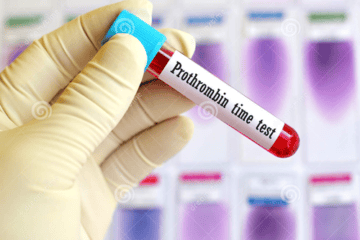
2.2 Indication of PT test The PT clotting time test is indicated for the following cases:
Bleeding of unknown cause : The PT clotting time test is usually indicated for the diagnosis of unknown bleeding cause, perform the same PTT test – Partial Thromboplastin time. The PT test helps to evaluate the exogenous and the common pathway of coagulation, while the PTT test helps to evaluate the intrinsic and the common pathway, both of which provide the most accurate assessment of the function of blood cells. coagulation factor. Surgery: A PT test may be indicated for patients preparing to undergo an invasive medical procedure. Especially performing surgery, to check the patient has no blood clotting problems, to be able to prepare well for the surgery.

2.3 Performing PT tests The patient's blood is drawn from a vein, placed in a storage tube containing the appropriate anticoagulant, and analyzed automatically on the analyzer. There are two pathways that initiate coagulation, the endogenous and exogenous pathways, both of which merge into the common pathway for complete coagulation.
Prothrombin test is a test that evaluates 5 factors involved in blood clotting including:
Factor I (Fibrinogen) Factor II (Prothrombin) Factor V, VII Factor X PT test assesses overall ability How long does it take for a blood clot to form, and how long PT will last if clotting factors are missing or they are dysfunctional. Most PT tests only need to be measured for a few seconds, then compared with normal PT levels in healthy people.
The reagents used in the PT test are different in different laboratories, so the normal range of PT values is also different.
3. Meaning of PT . Test

In order to accurately diagnose the cause of prolonged PT clotting time, it is necessary to rely on the results of the PTT test. In addition, a number of other factors also affect the time of PT such as: vitamin K supplements, foods containing large amounts of vitamin K, use of oral contraceptives, sedation,...
In short, the PT index is The time it takes for a clot to form is influenced by both exogenous and common coagulation factors. The PT test helps to assess the ability of the blood to clot, to detect abnormalities after the deficiency of clotting factors. For people who are taking anticoagulants, periodic tests will be indicated. People who often have nosebleeds, bruise easily, or show signs of blood clotting disorders need to have PT tests right away so that abnormalities can be detected in time and can be intervened early.
Vinmec International General Hospital is one of the hospitals that not only ensures professional quality with a team of leading medical doctors, modern equipment and technology, but also stands out for its examination and consultation services. comprehensive and professional medical consultation and treatment; civilized, polite, safe and sterile medical examination and treatment space. Customers when choosing to perform tests here can be completely assured of the accuracy of test results.
Please dial HOTLINE for more information or register for an appointment HERE. Download MyVinmec app to make appointments faster and to manage your bookings easily.





